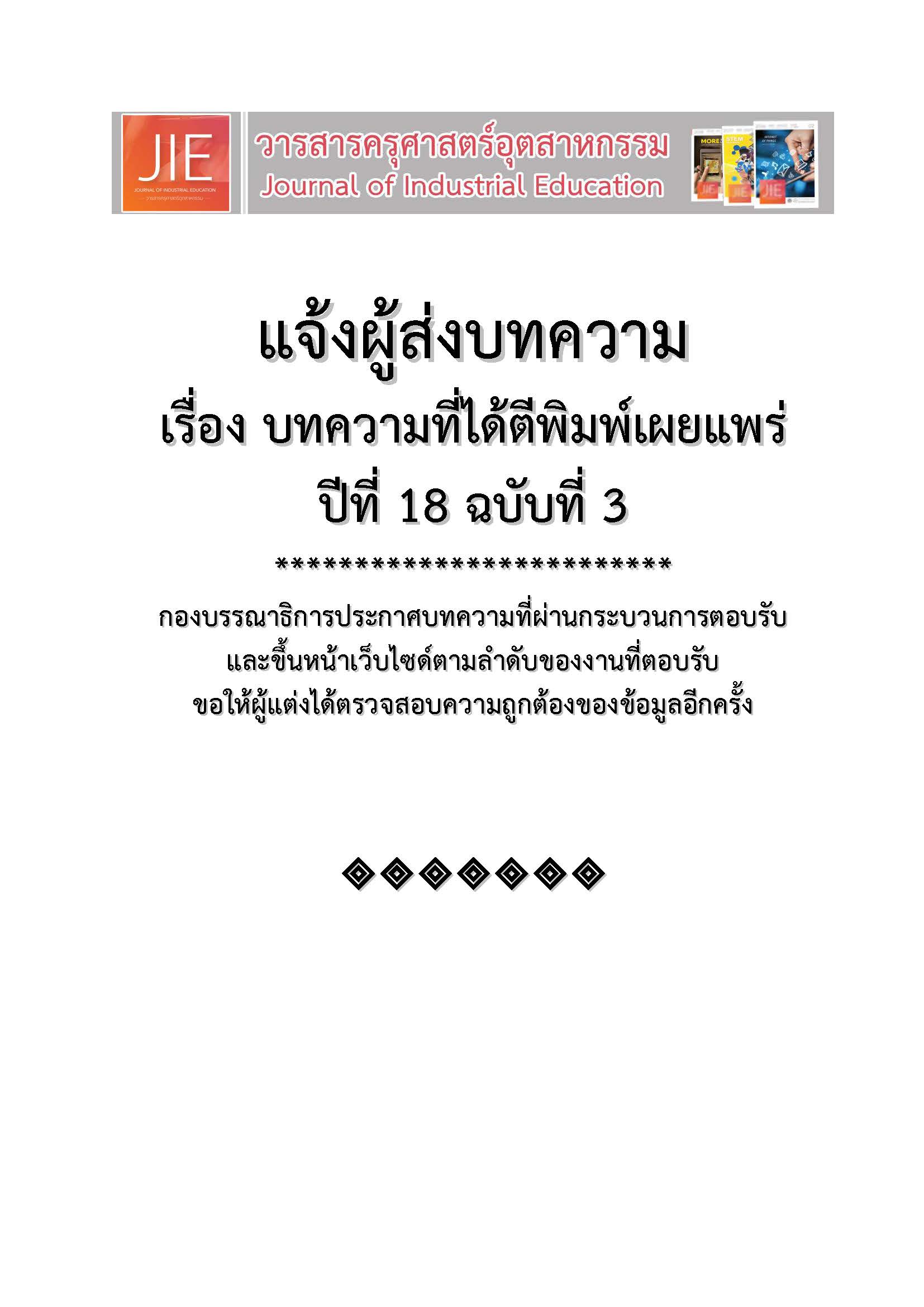THE STUDY OF THE COMMUNITIES COLLABORATIVE PROCESS IN CREATIVE TOURISM COMMUNITIES MANAGEMENT AROUND THE WORLD HERITAGE CORRIDOR BY APPLYING THE SOCIAL NETWORK CONCEPT, CASE STUDY; NAKORNCHUM, KAMPHAENGPHET PROVINCE; BAN COOK PHATTHANA AND THUNG LUANG, SUKHOTHAI PROVINCE
Keywords:
Collaborative Process, Creative-Community Based Tourism, Social Network AnalysisAbstract
The study of the collaborative process of creative tourism communities around the World Heritage corridor Si satchanalai, Sukhothai, and Kamphaengphet is the study of pattern and possibility in collaborative process in communities to creative tourism plan. This research applies social network analysis concept to analyze the result. The study uses mixed method by thorough surveying and using questionnaire to evaluate the social network pattern. The study result found out that there is the consistency of conclusion in 2 methods. Nakorn chum, Kamphaengphet province shows a positive aspect of the area in high potential of tourism resources. However, the communities could not congregate to each other in overall image. Consequently, there is a weakness which is the process to promote the strengthen of the communities in tourism is uncleared. Ban Cook and Thung Luang in Sukhothai province clearly show the centralization pattern which is the strengths of 2 communities but there are the different as well. Ban cook has sufficiency potential of tourism resources. The communities are also ready to promote their own creative tourism plan. Nevertheless, there are differences of these 2 communities. Ban Cook has high interactive level of the community members. The community members contact each other easily and very frequently. The community relationship can impel the creative tourism policy in ease and consistence. It makes a long term’s benefit to create the sustainability of creative tourism. Meanwhile, in Thung Luang, has a strength in high potential tourism activity and attractive to mass tourism. However, in social network analysis found out that there is one center point and the members of community is highly reliable on this center. In the beginning, this network mays have a good result of promoting the creative tourism as Ban Cook.
However, in the long run, if the network losses the center agency, it can cause the network fails to collaborate. It might also affect the failure in collaborative network of the community in the future
References
Arkarapotiwong, P.(2018). The study of cooperative planning in conservation management by social network analysis concept. Journal of Environtmental Design (JED), 5(2), pp.47-61
Giuffre, K. (2013). communities and networks. Using Social Network Analysis to Rethink Urban and Community studies. UK: Polity Press.
Hanneman, Robert; Riddle, Mark (2005). Introduction to Social Network Methods. In Book Introduction to Social Network Methods.
Arkarapotiwong, P.(2019), The Study of Collaborative Structure of Pre-world Heritage Management; Case Study Chiang Mai, Thailand. Journal of Architectural/Planning Research and Studies(JARS),16(1), pp.125-137
Pryke, Stephen (2012). Social network analysis in construction. Hoboken, N.J.: Wiley-Blackwell; Chichester : John Wiley [distributor].
Sandström, Annica; Carlsson, Lars (2008). The Performance of Policy Networks: The Relation between Network Structure and Network Performance. In Policy Studies Journal, 36.doi: 10.1111/j.1541-0072.2008.00281.x.
Koornneef, F. (2012). The influence of network structure on the adaptive capacity of collaborative arrangements in Dutch National Landscapes. (Master degree Master thesis), Utrecht University, Utrecht.
Sandström.A; Carl Rova (2010). Adaptive Co-management Networks: a Comparative Analysis of Two Fishery Conservation Areas in Sweden. With assistance of FAO of the UN.
Chindapol, S; Arkarapotiwong, P. (2019). An Initiated Community Management Model for Creative-Tourism around World Heritage Corridor area Si Satchanalai-Sukhothai-Kamphaengphet. Chiang Mai.Thailand Science Research and Innovation.
Bodin, Ö., & Crona, B. I. (2009). The role of social networks in natural resource governance: What relational patterns make a difference? Global Environmental Change,(193) ,pp.366-374. doi: http://dx.doi.org/10.1016/j.gloenvcha.2009.05.002
Carlsson, L., & Sandström, A. (2008). Network governance of the commons. International Journal of the Commons, 2(1),pp.33-54.
Janssen, M. A., Bodin, Anderies, J. M, Elmqvist, T, Ernstson, H, McAllister, R. R. J, Olsson, P, Ryan, P. (2006). Toward a Network Perspective of the Study of Resilience in Social-Ecological Systems. Ecology and Society, 11(1). doi: citeulike-article-id:788400
Kong, P. (2008). Social Quality in the Conservation Process of Living Heritage Sites. Delft, the Netherlands: International Forum on Urbanism.
Downloads
Published
How to Cite
Issue
Section
License
"The opinions and contents including the words in papers are responsibility by the authors."
"ข้อคิดเห็น เนื้อหา รวมทั้งการใช้ภาษาในบทความถือเป็นความรับผิดชอบของผู้เขียน"



